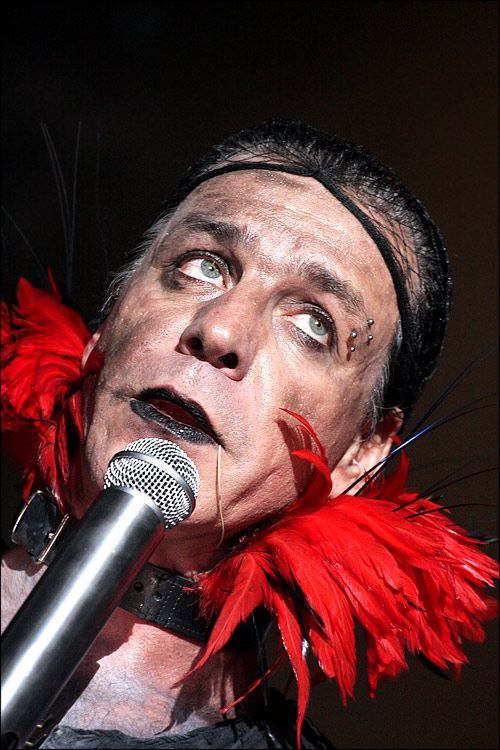|
|
Rammstein In Moscow, Russia
|
In 1609, the Swedish army led by Count Jacob De la Gardie and Evert Horn started their march from Veliky Novgorod toward Moscow to help Tsar Vasili Shuiski, entered Moscow in 1610 and suppressed the rebellion against the Tsar, but left it early in 1611, following which the Polish-Lithuanian army invaded. During the Polish–Muscovite War (1605–1618) hetman Stanisław Żółkiewski entered Moscow after defeating the Russians in the Battle of Klushino. The 17th century was rich in popular risings, such as the liberation of Moscow from the Polish-Lithuanian invaders (1612), the Salt Riot (1648), the Copper Riot (1662), and the Moscow Uprising of 1682.
The plague epidemics ravaged Moscow in 1570–1571, 1592 and 1654–1656. The city ceased to be Russia’s capital in 1712, after the founding of Saint Petersburg by Peter the Great near the Baltic coast in 1703. The Plague of 1771 was the last massive outbreak of plague in central Russia, claiming up to 100,000 lives in Moscow alone. During the French invasion of Russia in 1812, the Muscovites burned the city and evacuated, as Napoleon’s forces were approaching on 14 September. Napoleon’s Grande Armée, plagued by hunger, cold and poor supply lines, was forced to retreat and was nearly annihilated by the devastating Russian winter and sporadic attacks by Russian military forces. As many as 400,000 died in the adventure and only a few tens of thousands of ravaged troops returned.
In January 1905, the institution of the City Governor, or Mayor, was officially introduced in Moscow, and Alexander Adrianov became Moscow’s first official mayor. Following the Russian Revolution of 1917, on 12 March 1918 Moscow became the capital of the Russian Soviet Federative Socialist Republic and of the Soviet Union less than five years later. During World War II (the period from June 22, 1941, to May 9, 1945 known in Russia as the Great Patriotic War), after the German invasion of the USSR, the Soviet State Defense Committee and the General Staff of the Red Army was located in Moscow.
In 1941, sixteen divisions of the national volunteers (more than 160,000 people), twenty-five battalions (18,500 people) and four engineering regiments were formed among the Muscovites. That November, the German Army Group Center was stopped at the outskirts of the city and then driven off in the Battle of Moscow. Many factories were evacuated, together with much of the government, and from 20 October the city was declared to be under siege. Its remaining inhabitants built and manned antitank defenses, while the city was bombarded from the air. Joseph Stalin refused to leave the city, meaning the general staff and the council of people's commissars remained in the city as well. Despite the siege and the bombings, the construction of Moscow's metro system continued through the war, and by the end of the war several new metro lines were opened.
|
|









